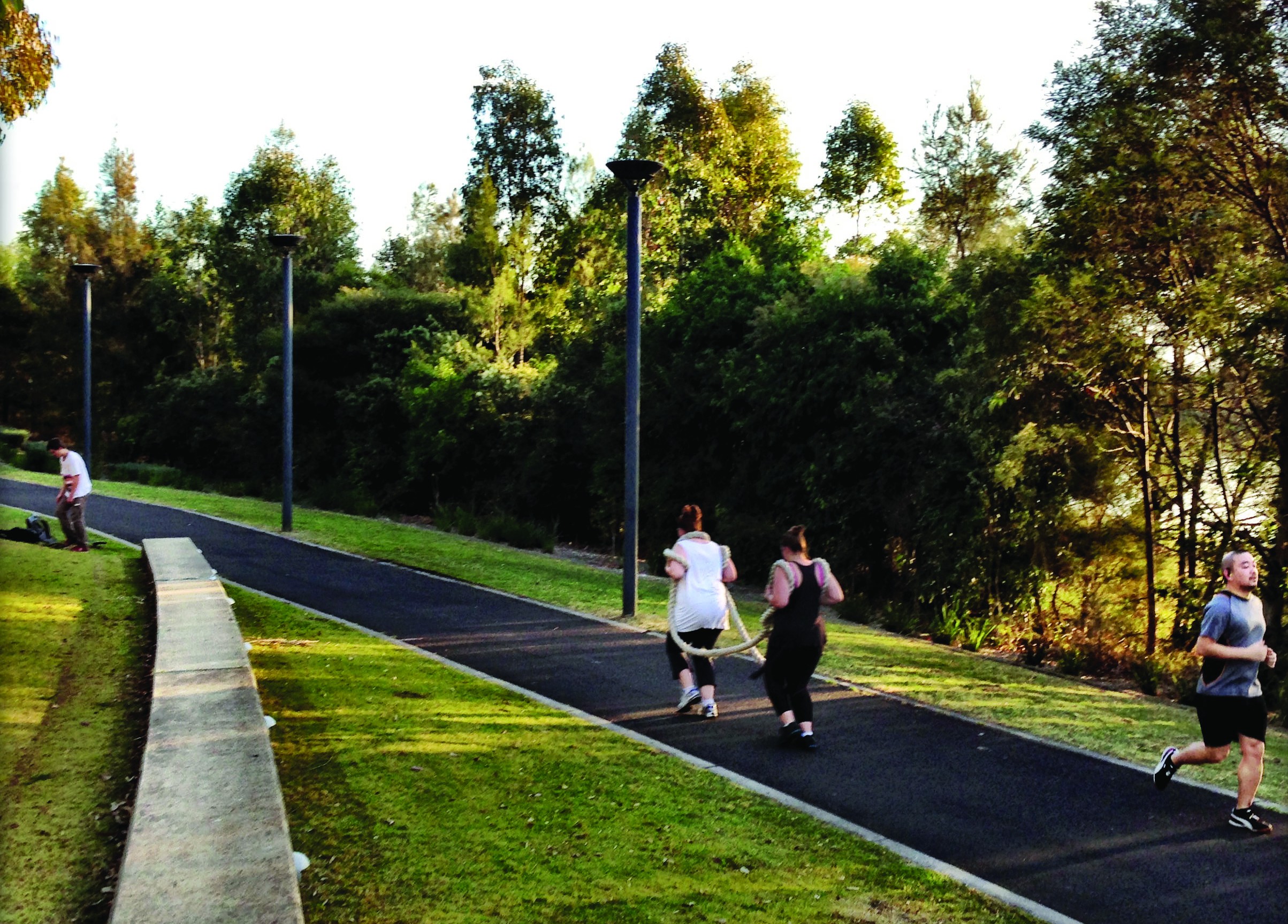Liz Kraefft
We all encounter stress during different stages of our lives and to varying degrees. As we begin to feel the discomfort of stress manifesting into anxiety, depression, fear and illness we must remember we can take steps to de-stress to ensure we do not form the patterns that create disease “dis-ease”.
When we feel out of balance and uneasy within ourselves our health begins to suffer. It is now clear that illness and stress are linked and if we live our lives in a constant state of anxiety and fear then something has to give.
The levels of your stress will indeed present a variety of symptoms which may include:
Physical Symptoms:
Tension headaches, general aches and pains, tense muscles.
Digestive system imbalance, upset stomach, diarrhea, constipation and nausea.
Low energy levels, lethargy, insomnia and restless sleep patterns.
Rapid heart rate and even chest pains.. the familiar panic attack! Blood pressure elevates.
The immune system suffers and we often experience colds and infections.
Emotional Symptoms:
Frustration, mood swings, feeling a sense of being totally overwhelmed and out of control.
Feeling worthless.
A sense of being alone and lonely.
Avoiding contact with others, feeling the world close in around you.
Today, we have more awareness of the debilitating, and often life threatening effects of stress leading to illness and disease. It is a huge topic for further discussions as our society continues to place so much emphasis on performance, productivity, achievement and commercialism.
How can we keep balanced in this busy life? What are the solutions to this stress epidemic?
Firstly identify that you are in a state of un-ease and act before the un-ease turns to dis-ease.
The meditative effects of going for a long run or walk. The focus on the breath, the one step in front of the other and the present moment concentration is a mindfulness technique that can be useful.
A workout at the gym, a dance class or yoga class, in fact any physical activity that requires some concentrated effort that takes you away from the worry or stress of you life.
The Yogic Breathing, simply called the conscious breath, is a technique that encourages a focus of the breath coming and going as you breath in and out. Watch the breath as if you are outside the body. Counting the breath in and counting the breath out is very useful and is used as a meditation technique.
Explore your potential to become stress free, it is our natural state of being. To be at ease, calm and peaceful is what we all deserve.
Liz Kraefft is a Yoga Teacher and owner of Ku-ring-gai Yoga, Pymble.
kuringgaiyoga.com.au
* Please note: If you are experiencing any of the symptoms listed above it is always best to first consult a doctor or your local GP












